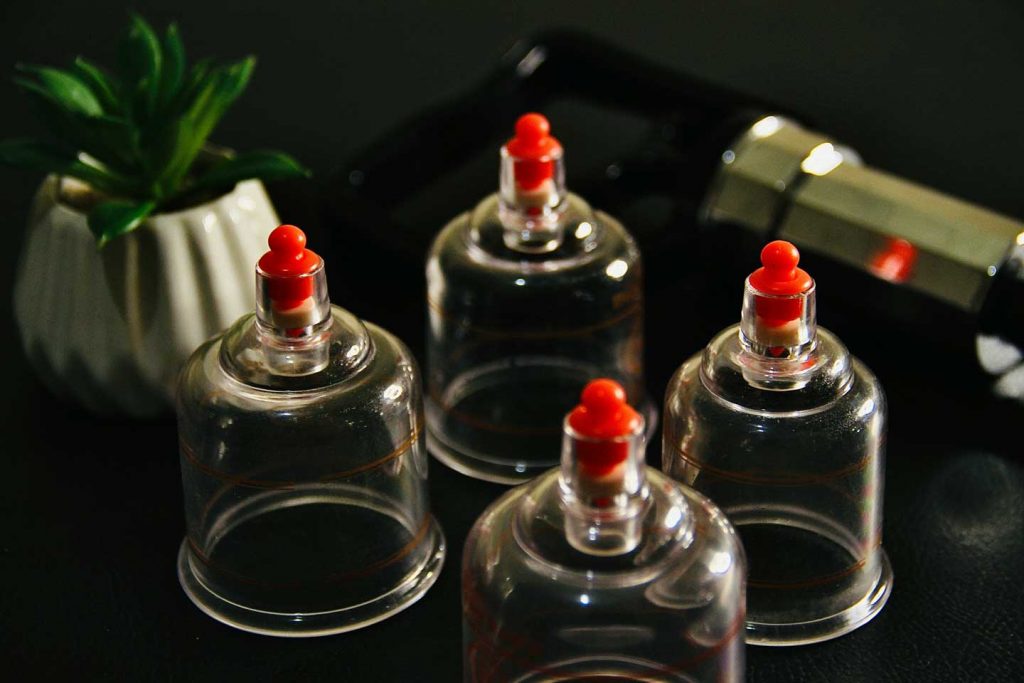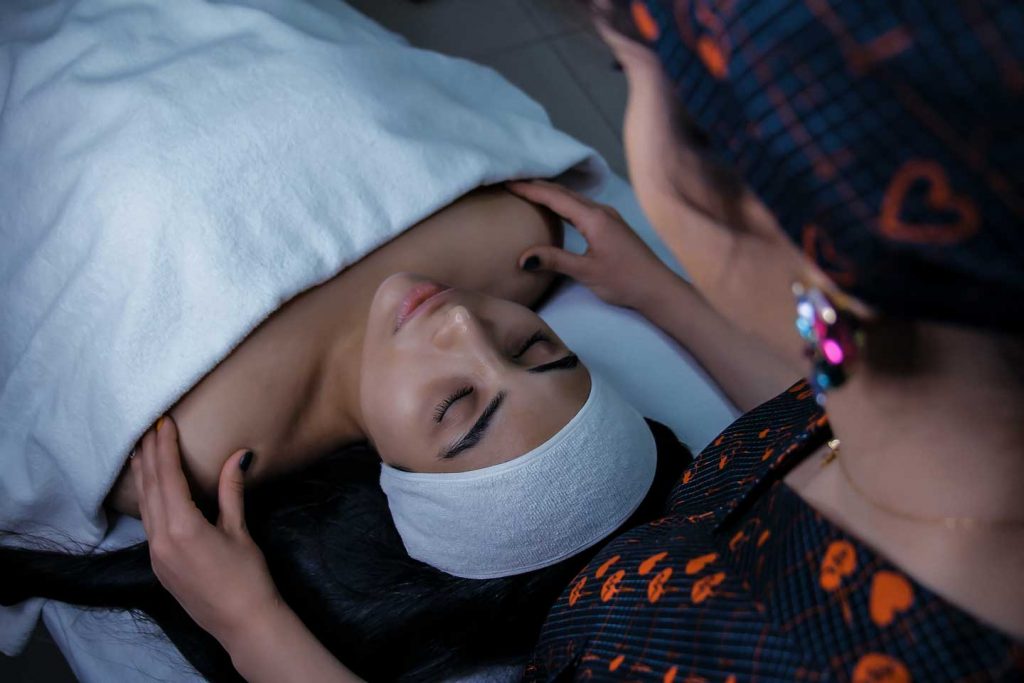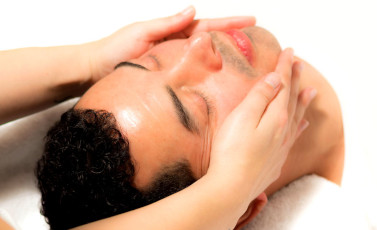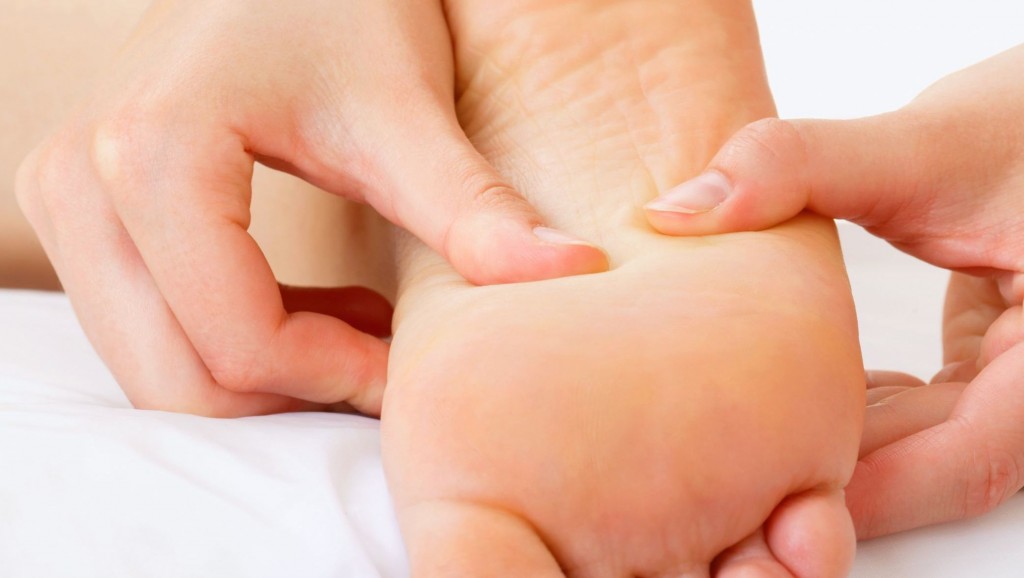Sen Sib – Thai Massage Energy Lines
Sen lines, often referred to as Sen Sib, are an important concept in traditional Thai massage. Thai massage practitioners hold the belief that the body is crossed by a network of energy lines through which life force energy (also known as “lom”) flows. This belief is rooted in Thailand’s ancient healing practices. These energy pathways resemble the nadis in yoga and the meridians in conventional Chinese medicine.
In order to improve physical as well as emotional well-being, Thai massage focuses on energising and harmonising the flow of energy through these Sen Sib. In Thai massage, there are ten primary Sen lines, each with a distinctive name, course, and therapeutic value. These ten primary Sen lines will all be thoroughly discussed in this article, so be sure to stick around until the very end.
Background and Cultural Relevance
Sen Sib has its roots in traditional Chinese medicine, yoga, and Indian Ayurveda, which are all forms of ancient Thai medicine. Deeply established in Thai culture, the idea of energy lines is thought to have been popularised by Shivago Komarpaj, a doctor and close friend of Gautama Buddha.
The techniques used in Thai massage are thought to have been devised by Shivago Komarpaj, who is regarded as the founder of Thai medicine, using his understanding of meridian lines as well as acupressure areas.
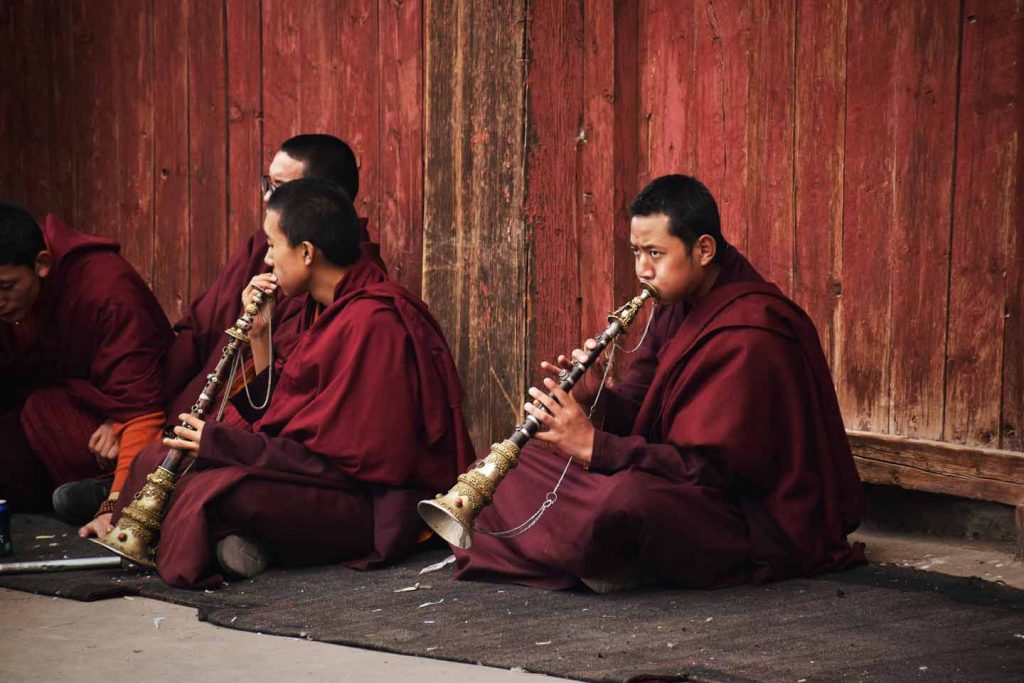
Using Thai massage and Sen Sib
Thai massage, sometimes referred to as Nuad Boran or “ancient massage,” is a distinctive style of bodywork that combines stretching, acupressure, and deep tissue manipulation. To clear obstructions and promote the flow of energy, the massage professional applies rhythmic pressure along the Sen lines and at particular locations on the body.
Number of Sen Sib
There are thought to be 72,000 Sen lines in total in traditional Thai medicine. However, the 10 main Sen lines are the most commonly recognised. The 10 main lines are frequently the subject of Thai massage sessions since they are thought to be the most important.
1. Sen Sumana
Sen Sumana, the body’s principal energy path, travels from the crown of the head (at the top of the forehead) to the base of the spine, beginning at the center of the body.
Meaning: The mind and consciousness are connected to this Sen line. Sen Sumana stimulation is thought to increase mental focus, mental clarity, as well as stress reduction. Additionally, it is supposed to heighten spiritual consciousness.
2. Sen Ittha
Sen Ittha travels in a straight line from the third eye point (the area between the eyebrows) through the nasal canal.
Meaning: Sen Ittha has a connection to vision and the eyes. It is thought that massaging this energy line would help to reduce eye strain as well as improve eye health. It is also said to improve inner wisdom and intuition.
3. Pingkhala Sen
Sen Pingkhala follows Sen Ittha’s path by moving along the right side of the body. Beginning at the right nostril, it descends along the right side of the body until it comes to a stop at the right ankle.
Meaning: This Sen line is thought to be tied to daring, aggressiveness, and the capacity for action. It is believed to represent male energy. It is believed that stimulating Sen Pingkhala will improve these traits.
4. Sen Sahatsarangsi
Sen Sahatsarangsi follows a straight line from the top of the head to the perineum after starting at the crown of the head.
Meaning: Sen Sahatsarangsi is significant since it has to do with the nervous system and the movement of cerebral spinal fluid. This energy stream is thought to be stimulated to calm the mind, ease mental stress, and encourage general relaxation.
5. Sen Kalathari
Sen Kalathari’s trajectory is the same as Sen Pingkhala’s on the right side, beginning at the left nostril and moving down the left side of the body to the left ankle.
Meaning: This Sen line is thought to be related to nurture, compassion, and receptivity and is tied to feminine energy. It is believed that stimulating Sen Kalahari will improve these traits.
6. Sen Ulangka
Sen Ulangka’s trajectory starts at the navel and descends through the abdomen to the inside of the right leg.
Meaning: The internal organs and digestion are related to this energy stream. It is thought that massaging Sen Ulangka promotes good digestion and eases stomach distress.
7. Sen Lawusang
Sen Lawusang travels in a horizontal line from the solar plexus to the lower back, crossing the navel in the process.
Meaning: It is thought that this Sen line is connected to the fire element and the body’s digestive fire (Agni). It is believed that stimulating Sen Lawusang will enhance the digestive tract as well as boost metabolism.
8. Sen Nanthakrawat
Sen Nanthakrawat travels from the tip of the tongue via the throat and neck to the center of the heart.
Meaning: Emotional expression and communication are linked to this energy channel. Sen Nanthakrawat massages are thought to enhance vocal clarity, unblock emotional channels, and open the heart.
9. Sen Khitchanna
Sen Khitchanna travels in a spiralling motion around the sexual organs before coming to rest at the base of the spine. It begins in the genital area.
Meaning: Sexual energy, as well as vitality, are related to this Sen line. Sen Khitchanna is thought to be stimulated to increase sexual health, creative energy, and general vitality.
10. Sen Thawari
Sen Thawari’s trajectory follows the spine’s natural curvature as it starts at the perineum and spirals up around the sacrum.
Meaning: The Kundalini energy flow is connected to this energy channel. It is thought that massaging Sen Thawari will awaken and balance the Kundalini energy, resulting in more profound spiritual insights as well as self-realisation.

Points of intersection
There are certain locations within the body where the Sen lines cross. As in yoga and Ayurveda, these locations are frequently referred to as “chakras” or energy centres. Chakras are important sites in Thai medicine where energy can build up or become blocked.
During a massage treatment, Thai massage therapists pay close attention to these chakras. The goal of the therapist is to balance and revitalise the recipient’s energy system by concentrating on removing obstructions at these sites of intersection.
Connecting the body and mind
The relationship between the body and the mind is highly cherished and respected in Thai culture. The flow of energy in the Sen lines can be directly influenced by one’s mental state and vice versa. Energy imbalances can affect one’s emotional as well as mental health.
Practitioners of Thai massage seek to treat both physical and emotional/psychological issues through this practice. Thai massage aims to achieve a healthy balance between the body and mind by reestablishing the flow of energy, which results in a feeling of inner calm and well-being.

How to balance the elements
The foundation of Thai traditional medicine is the idea that the four elements—earth, water, fire, as well as air—and the characteristics associated with each one exist in the human body. One or more of these elements are thought to be connected to each of the 10 primary Sen lines.
To promote general health and harmony, Thai massage aims to balance these aspects inside the body. For instance, Sen Lawusang, who represents the fire element, is said to be connected to metabolism and the digestive fire (Agni). The therapist’s goal is to assist good digestion and metabolism by correcting imbalances in Sen Lawusang.
Tradition and lineage
In a traditional master-disciple lineage, the understanding and execution of Thai massage as well as the comprehension of Sen Sib have been passed down through the years. Expert Thai massage practitioners frequently come from families or lines of descent where the sacred art of healing is valued and taught.
These lineages stress the value of honouring the healing art, maintaining its true origins, and passing on the knowledge to subsequent generations. Practitioners are exhorted to approach their profession with a commitment to their heritage, humility, and a strong feeling of duty.

Spiritual Aspect
Thai massage incorporates spiritual elements and goes beyond simple physical bodywork. To set a healing intention, both the practitioner and the recipient frequently start the session with a brief meditation or prayer. This sacred method embodies the idea that mental, emotional, and physical wellness are intricately linked.
The therapist fosters a sacred and healing place for the receiver throughout the entire massage session by remaining present and mindful. Together with its physical advantages, Thai massage’s spiritual component promotes a comprehensive sense of rejuvenation and healing.
Adaptation to Thai Culture
Thai culture and daily life both include Thai massage. It is established in the social structure and is crucial to sustaining the health and happiness of the Thai people. Thailand is home to several temples, spas, wellness facilities, and traditional massage parlours where you can have a Thai massage.
Many Thai people learn the fundamentals of self-massage and massage from an early age, frequently through family or friends. Thai massage is seen as a valued talent that can be taught to family, friends, and neighbours.
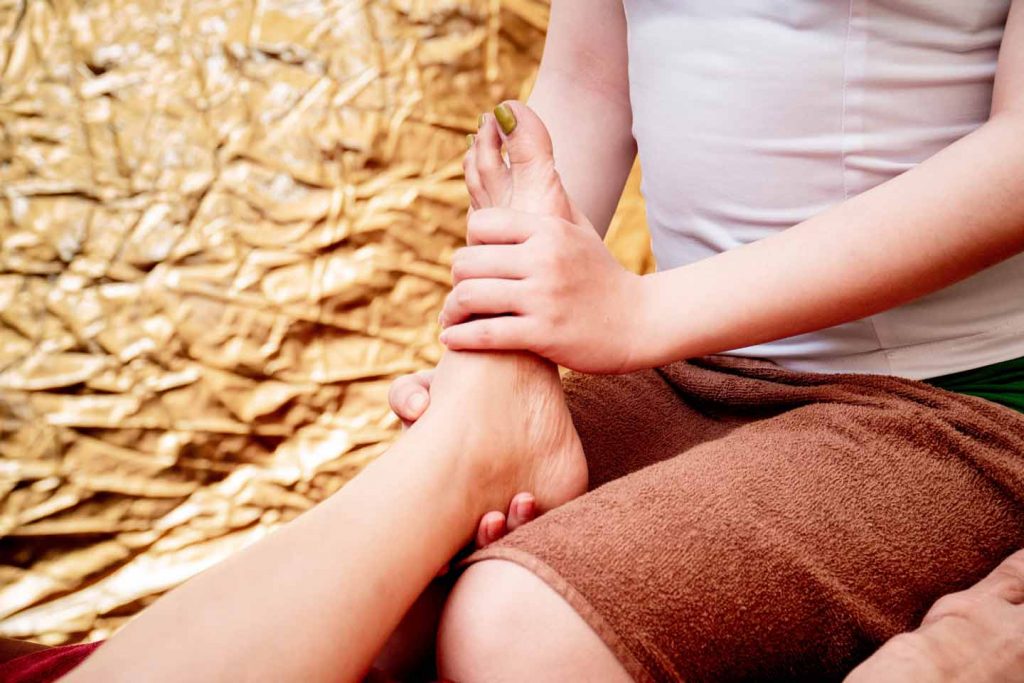
Holistic approach
Thai massage illustrates a holistic method of treatment. Recognising the connection between the body, mind, and spirit, the therapeutic approach goes beyond only treating the patient’s physical symptoms. Thai massage aims to treat the underlying causes of illnesses, whether they show themselves on a physical, emotional, or energetic level, by stimulating and balancing the Sen lines.
By encouraging not just physical relaxation but also emotional release as well as spiritual alignment, practitioners want to offer a comprehensive healing experience. Thai massage is highly regarded by people looking for general well-being because of its holistic approach.
Alternative medicine to Western medicine
Thai massage has roots in ancient traditions, but it can also be used in conjunction with other natural treatments and Western medicine. Many people incorporate Thai massage into their wellness routine as a type of preventive healthcare to promote balance and maintain general health.
Thai massage can also be helpful as a complementary therapy for several medical issues. It might lessen tension in the muscles, increase flexibility, and promote circulation. For diseases that call for medical treatment, it is crucial to speak with medical professionals before beginning any supplementary therapy.
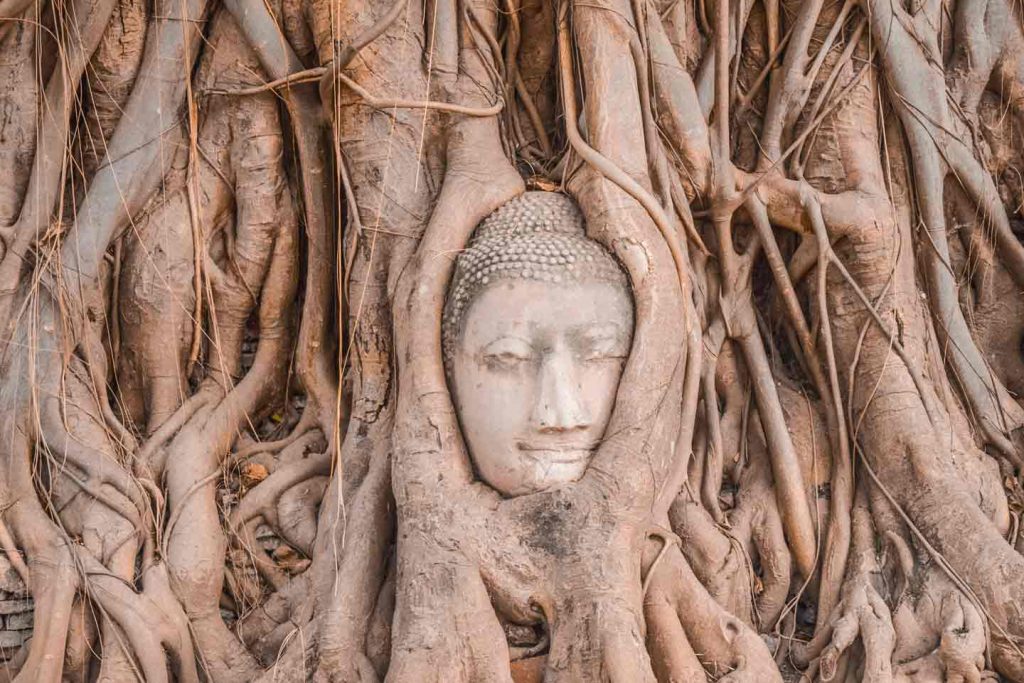
Conclusion
The goal of Thai massage, which places a strong focus on Sen Sib or energy lines, is to bring harmony and balance back to the body. Thai massage therapists can target particular locations to treat physical, mental, and spiritual issues by comprehending the trajectories as well as the significance of these 10 primary Sen lines.





